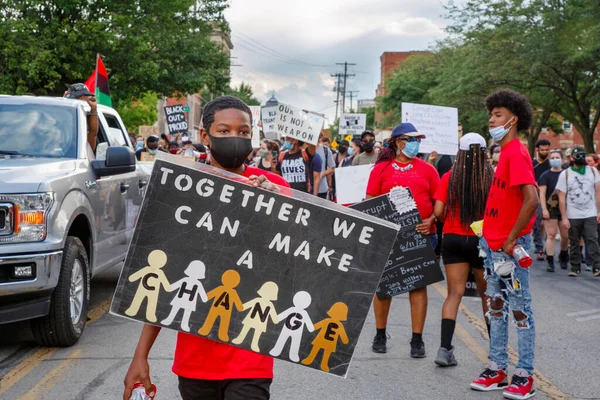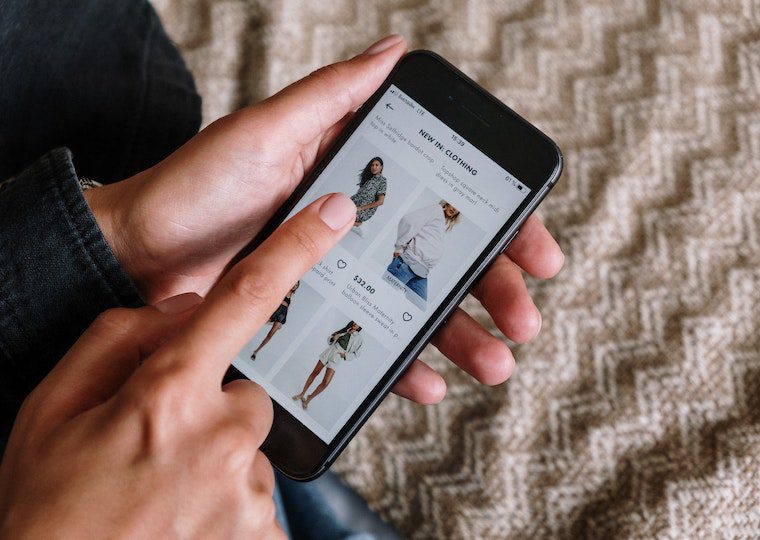Have you ever felt like your identity doesn’t fit into a single box? Maybe you’re juggling different cultural backgrounds, gender expectations, or even your sexuality. That’s where intersectionality comes in—a concept coined by Kimberlé Crenshaw in 1989 that helps us understand the many layers that make up who we are.
For Gen Z, this idea hits home. Born into a world that celebrates diversity, you’ve grown up more aware than ever of how race, gender, class, sexuality, and more overlap to shape your experiences. But it’s not just about awareness; it’s about embracing this complexity and using it to create a more inclusive world. Let’s dive into how intersectionality shapes Gen Z’s outlook on identity, society, and the future.
What is Intersectionality?

In simple terms, intersectionality means recognizing that our identities are made up of different factors—race, gender, sexual orientation, class, ability, and more. These aspects of who we are interact and influence each other. Imagine wearing a bunch of different hats at once—each one affects how you experience the world.
For example, a Black woman’s experience might be different from that of a white woman or a Black man because of the way her race and gender intersect. Intersectionality helps us see that discrimination isn’t one-size-fits-all.
Related: Why High Emotional Intelligence (EQ) is good for success?
Why Gen Z Gets Intersectionality Like No Other
Gen Z is shaking up the conversation on identity. Instead of sticking to rigid labels, many in this generation embrace fluidity. You might see people using terms like “non-binary” or “gender-fluid” to describe themselves, challenging old norms. And this goes beyond gender or sexuality—Gen Z is all about understanding the full, dynamic picture of who we are.
You understand that being a part of one marginalized group doesn’t mean you automatically get the struggles of another. For instance, within the LGBTQ+ community, the experience of a white, gay man may differ from that of a Black, transgender woman. Gen Z’s focus on intersectionality isn’t just about recognizing these differences, but working to ensure everyone’s voice is heard.
Social Media: A Game Changer for Intersectionality
Social media is where it all comes together. Platforms like TikTok, Instagram, and Twitter allow for real-time conversations about identity and justice. Hashtags like #BlackLivesMatter, #MeToo, and #StopAsianHate have amplified voices that are often sidelined in mainstream media.
What’s more, you get to see how all these issues—racism, sexism, climate justice—are connected. Many Gen Z influencers share stories that show how intersectionality impacts everything, from mental health to environmental activism. You’re exposed to different voices and perspectives daily, and that’s shaping the way you see the world.
Read Next: Kenya’s Finance Bill 2024 Demos: A Gen Z’s Best Perspective
Gen Z in School and at Work: Making Intersectionality Matter

In schools and workplaces, Gen Z is pushing for more inclusion. It’s not enough to just have diversity quotas or one-time events for Black History Month or Pride. You’re demanding more—whether it’s inclusive curriculums that reflect a variety of histories, or workplaces that don’t just hire diverse people but also make sure everyone can thrive.
Companies are feeling the pressure to go beyond surface-level actions. Many are now adopting more intersectional diversity, equity, and inclusion (DEI) programs. Gen Z expects structural changes—like mental health support for marginalized communities or leadership that reflects a wide range of experiences.
Read Next: How Gen Zs are using X (twitter) Spaces for Activism in Kenya
The Challenges: Can Focusing on Identity Divide Us?
Not everyone sees intersectionality as a purely positive thing. Some critics argue that focusing too much on identity politics can divide people, making it harder to form united movements for change. There’s also concern about what some call “performative allyship,” where companies use the language of inclusion without backing it up with real action. You’ve probably seen brands rolling out rainbow logos during Pride Month without actually supporting LGBTQ+ causes.
But Gen Z is quick to call this out. You’re not easily fooled by “woke-washing” and know when brands are being genuine or just jumping on a trend.
So, What’s Next?
For Gen Z, intersectionality is about more than recognizing diversity—it’s about action. You have the chance to build a future that’s fairer and more inclusive. It’s not just about checking diversity boxes but about making real changes in the systems that affect us all.
Here’s how you can start:
- Educate yourself on how different forms of oppression overlap. Follow diverse voices on social media who can offer new perspectives.
- Support businesses and movements that take real steps toward inclusion, not just the ones that talk the talk.
- Get involved in your community or workplace, and push for intersectional DEI programs that make a real difference.
How to Apply intersectionality to solve real-world problems and drive systemic change?
Intersectionality, when applied to real-world problems, offers a powerful framework for addressing systemic inequalities. By recognizing the interconnectedness of different forms of oppression—whether based on race, gender, socioeconomic status, or ability—communities and organizations can create more effective, inclusive solutions. For instance, in tackling poverty, an intersectional approach would take into account how factors like gender and race shape access to resources, opportunities, and services. This understanding helps craft policies that are not one-size-fits-all but are instead tailored to the specific needs of marginalized groups, addressing both visible and hidden barriers to equality.
A practical example of intersectionality in action is the work of Tareto Africa, which focuses on eliminating harmful practices such as Female Genital Mutilation (FGM) and child marriages while promoting Comprehensive Sexuality Education (CSE) among pastoralist communities in Kenya. Tareto Africa’s approach recognizes that gender-based violence intersects with cultural, economic, and educational barriers. By addressing these overlapping issues, Tareto Africa empowers women and girls through mentorship, scholarships, and life skills training, offering not just protection but pathways to self-reliance. Their work illustrates how intersectional strategies can drive systemic change, tackling the root causes of vulnerability while advocating for social justice.
Conclusion: Embracing Intersectionality for a Better Future
By embracing intersectionality, you’re not just celebrating diversity—you’re helping create a world where everyone’s identity is valued and respected. Gen Z is already leading the way, showing that identity isn’t something that divides us—it’s something that enriches our shared human experience. Keep pushing for a future where we don’t just accept each other’s differences but truly celebrate them.



